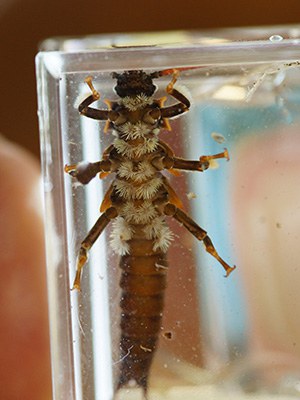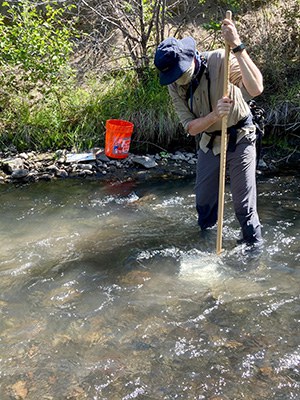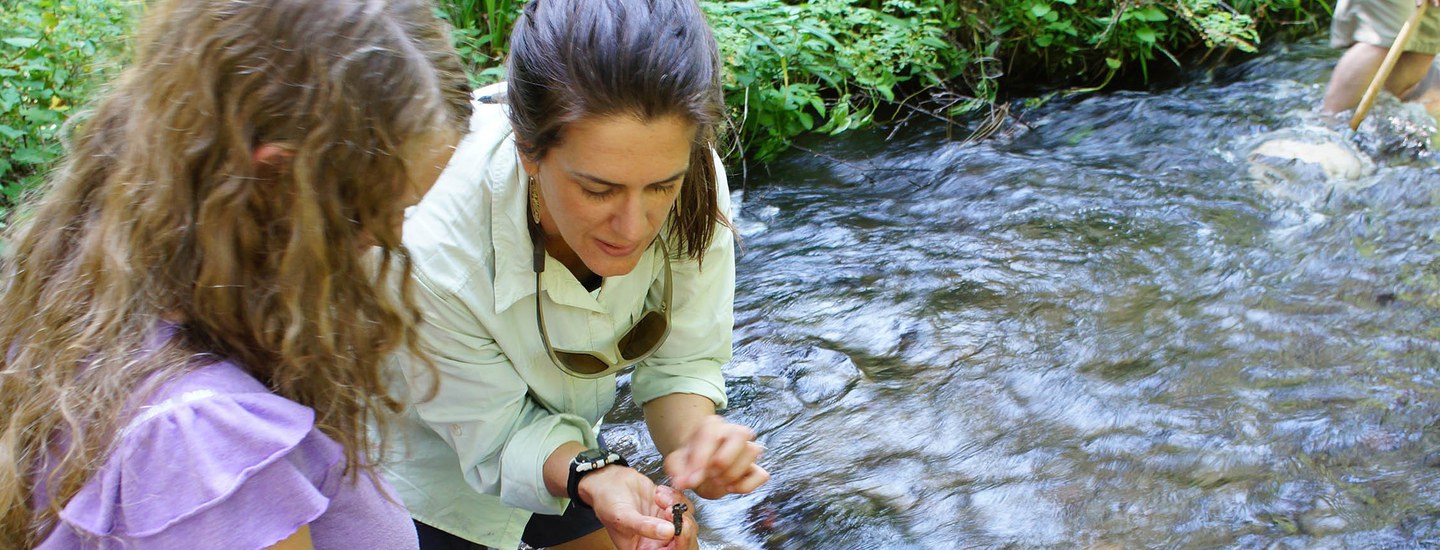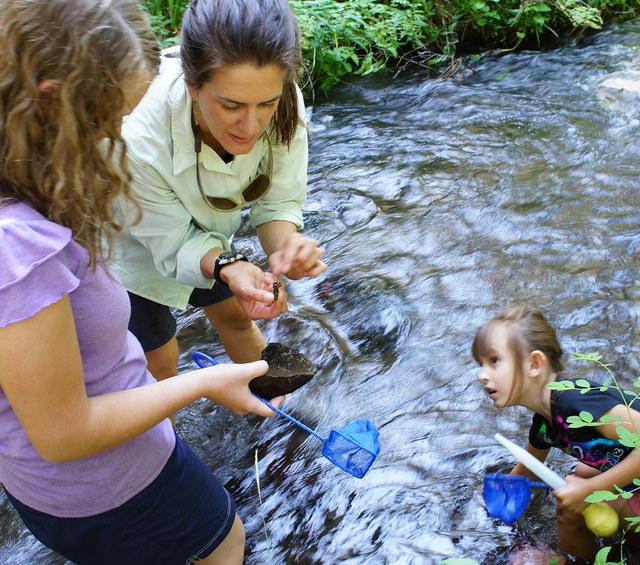Our streams and rivers in Central Oregon are full of life. From green algae to tiny insects to large salmon, the diversity they contain is truly amazing. But even more amazing is that some of these stream inhabitants, like macroinvertebrates or water bugs, possess a super power! They can tell us about the health of our local streams and rivers. 
Water quality refers to the chemical, biological, and physical characteristics of a body of water. We monitor and measure water quality to ensure it is safe for drinking, for wildlife, for recreation, and for our growing and harvesting our food supply. While there are lots of ways to monitor water quality, macroinvertebrates provide a quick and easy way to see how stream or river is fairing.
Macroinvertebrates are great indicators of water quality because they spend all or most of their life in the water, they are easy to find and collect, and they respond to different levels of water pollution. For example, mayflies and stoneflies are really sensitive to poor water quality. Dragonflies and crayfish can live in a wide range of water quality. Leeches and water striders can survive in very poor water. Sampling macroinvertebrates in a stream will show you what kinds of macros are present and in what abundance. In general, streams with lots of different macroinvertebrates are healthier overall.

Land conservation plays a huge role in healthy water quality. Protected lands provide a buffer for rivers and streams keeping pollutants out of the water, providing shady streambanks that help prevent erosion and keep waters cool, and creating diverse habitat in the water for a wide variety of species. Taking care of the land is taking care of the water that sustain us. We hope our efforts will bring healthier streams and hundreds of macros for years to come!
Learn more:
- Volunteer to sample macroinvertebrates in Whychus Creek.
- About the restoration of Whychus Creek.
- Learn how climate change may impact our rain and waterways.


